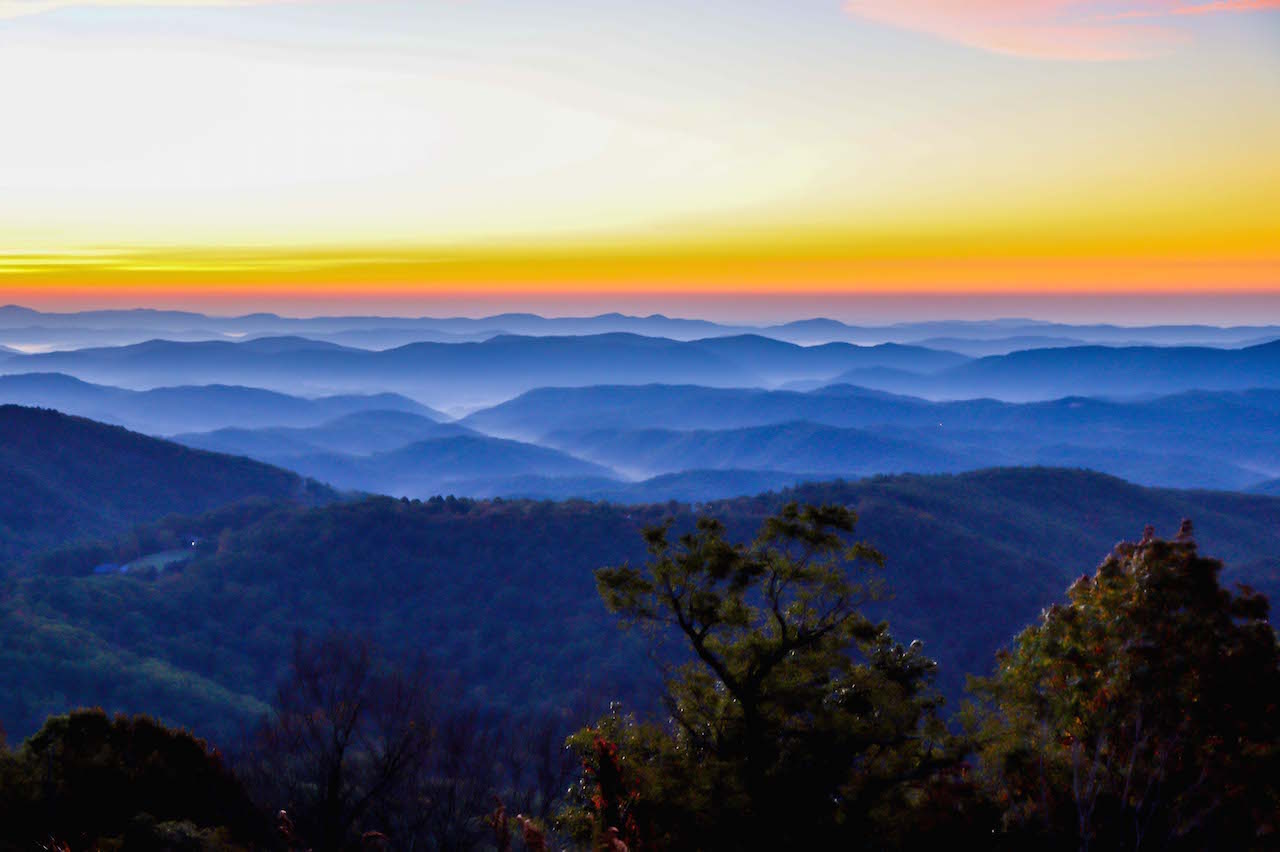Cuba, an island nation situated in the Caribbean, boasts a rich tapestry of history, culture, and musical heritage that captivates the imagination. With its vivid colors, infectious rhythms, and vibrant traditions, Cuba stands out as a focal point of cultural and artistic expression. Below are intriguing and lesser-known facts that reflect the rhythm revolution and rich culture of this enchanting country.
1. The Birthplace of Salsa
While salsa music is enjoyed worldwide, its roots are deeply embedded in Cuban culture. Born in the streets of Havana, salsa emerged as a fusion of Afro-Cuban rhythms, jazz, and son montuno. The genre epitomizes the spirited and improvisational essence of Cuban music, often performed in lively dance halls filled with the rhythms of congas and timbales.
2. A UNESCO World Heritage Site: Old Havana
Old Havana, a historic district rich in colonial architecture, is designated as a UNESCO World Heritage Site. Its cobblestone streets and vibrant plazas echo tales of its past, displaying a unique blend of Spanish colonial, baroque, and neoclassical influences. The preservation of this area allows visitors to experience the iconic sights, such as the Cathedral of Havana and the Capitolio, which showcase the island’s architectural grandeur.
3. The Roots of Son Cubano
Son Cubano is not just music; it’s a profound cultural expression that melds African rhythms and Spanish melodies. This musical genre serves as the foundation for many Cuban music styles. Popularized through artists like Buena Vista Social Club, son’s laid-back, syncopated grooves celebrate love, life, and the Cuban way of living, making it an integral part of the island’s cultural identity.
4. The Influence of Afro-Cuban Religions
Afro-Cuban religions, notably Santería, play a significant role in the island’s cultural landscape. This syncretic religion combines elements of Yoruba traditions with Catholicism. Rituals often include music, dance, and elaborate ceremonies that honor orishas (deities) through rhythmic drumming and vibrant dance, reflecting a deep spiritual connection to ancestry and community.
5. Innovative Arts: A Blend of Old and New
Cuba’s art scene is a dynamic amalgamation of traditional and contemporary styles. With an emphasis on creativity, artists like Tania Bruguera and José Bedia merge sociopolitical commentary with various mediums, from painting to performance art. Galleries and street art adorn urban landscapes, inviting both locals and tourists to engage with the evolving narrative of Cuban identity.
6. Cultural Festivals Galore
Cuba hosts a plethora of festivals that celebrate its rich cultural heritage. Events like the Havana Jazz Festival and the Santiago de Cuba Carnival showcase the country’s diverse musical landscape, from traditional sounds to contemporary jazz. These celebrations provide an immersive experience, allowing attendees not only to listen but also to dance and participate in the jubilation of Cuban culture.
7. A Culinary Fusion: Cuban Cuisine
Cuban cuisine reflects the multicultural influence of its history, combining Spanish, African, and Caribbean flavors into sumptuous dishes. Staples such as rice and beans, tostones (fried plantains), and ropa vieja (shredded beef in tomato sauce) are popular. Culinary traditions are often passed down through generations, with family recipes cherished and shared, hence embodying the country’s communal spirit.
8. A Legacy of Education and Literacy
Since the revolution in 1959, Cuba has prioritized education, achieving one of the highest literacy rates in the world. The government’s commitment to free education has greatly impacted the cultural and intellectual vitality of the nation, fostering a populace well-versed in literature, arts, and sciences. This emphasis on education underscores the value placed on knowledge and creativity within Cuban society.
9. Cuban Baseball: A National Passion
Baseball is woven into the fabric of Cuban culture, often regarded as the island’s unofficial national sport. The passion for the game transcends generations, with nothing quite like the ambiance of a local baseball game. The country has produced an impressive roster of MLB players, showcasing the athletic prowess and competitive spirit of Cuban athletes on the international stage.
10. The Revolving Door of Musical Evolution
The music of Cuba is ever-evolving, continuing to embrace global influences while remaining rooted in traditional sounds. Recent genres like reggaeton and Cuban hip-hop demonstrate the flexibility of Cuban artists, who seamlessly blend local rhythms with international styles, creating sounds that resonate with younger generations while paying homage to their musical heritage.
11. Preservation of Culture Through Literature
The literary tradition in Cuba is robust, producing luminaries such as José Martí and Alejo Carpentier, whose works explore themes of identity, revolution, and the human experience. Cuban literature often reflects the complexities of political and social life, serving as a bridge connecting past struggles with contemporary realities and aspirations. The literary scene remains vibrant, with ongoing efforts to promote reading and writing.
12. The Iconic Classic Cars
The streets of Cuba are famously lined with classic American cars from the 1950s. After the revolution, the trade of automobiles was restricted, preserving these vintage vehicles. The iconic cars, often lovingly restored and maintained, symbolize not just a bygone era but also the resourcefulness and creativity of the Cuban people in adapting to constraints.
13. Coexistence of Old and New Traditions
Cuban culture exemplifies the coexistence of ancient customs and modern influences. Traditional dances like the Rumba and contemporary moves echo through neighborhoods, creating a lively cultural mosaic. This dynamic reflects Cuba’s resilience and adaptability, illustrating how heritage and innovation can flourish side by side.
Cuba’s rhythm revolution and its rich culture create an intriguing backdrop for exploration and appreciation. With every corner steeped in history, and every note steeping with passion, Cuba continues to inspire those who seek to delve into its extraordinary narrative.






